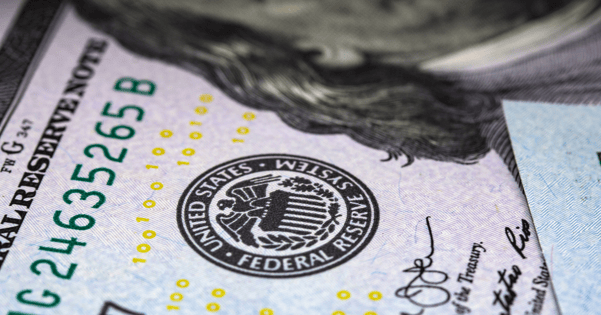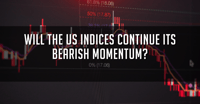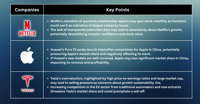The Fed faces a dilemma at the 31 Jan to 1 Feb FOMC meeting. On one side, inflation data came in softer than expected, and activity indicators showed slowing momentum over the past month. On the other, financial conditions eased as traders believed the Fed would soon switch to rate cuts.
The data would justify smaller rate hikes, but the Fed might see easier financial conditions while inflation remains uncomfortably above target — as a reason to act hawkish.
If the Fed is concerned about easing financial conditions, the upcoming meeting provides an opportunity to surprise markets by raising rates by 50 basis points. A move like that would immediately tighten the financial conditions and signal to the markets that the Fed means to take rates to a peak of 5.25%.
While that tactic is potentially appealing, we do not think it is the current Fed’s style. Chair Jerome Powell has indicated that his risk-management preference is to go slow amid uncertainty. With downside risks to economic activity growth and upside risks to inflation diminishing, Powell is likely to steer the FOMC toward a more gradualist and deliberate monetary policy.
Since the last meeting, inflation data – CPI, PPI, PCE — have come in slightly lower than expected by the FOMC participants. The Employment Cost Index, which will be released on the first day of this meeting, will also likely show some wage moderation. Activity data came in weaker than anticipated – the signal the Fed most likely took from 4Q GDP is how weak December activity was.
We expect that lower inflation and growth forecasts may have led some dovish officials to mark down their terminal rate. Probably, fewer than 17 of the 19 FOMC participants at this meeting see a terminal rate of 5.25%, as indicated in December’s Summary of Economic Projections.
Whether the terminal rate will reach 5.25% or peak at 5% as markets have currently priced, and as we expect, will depend on what happens between this meeting and the next one in March. If commodity prices continue to climb on optimism about China’s reopening and better growth prospects in Europe, then we see the fed funds rate peaking at 5.25%.
At the presser, Powell will likely acknowledge some progress in the Fed’s battle with inflation but will refrain from admitting that the battle is won. If he says there is “still some way to go,” we would take that as a hawkish sign.
Jobs data on Friday
We estimate that job creation cooled in January but continued to grow modestly. The latest Beige Book noted that labour availability had increased, though firms continued to have difficulty filling open positions. A larger pool of available workers likely explains December’s better employment figures for small and medium-sized firms, which added 195k and 191k workers, respectively. On the other hand, large employers shed 151k workers.
Job creation may cool briskly later. According to sentiment figures from the latest University of Michigan survey, consumers have been more downbeat about the trajectory of the labour market. More than 41% of consumers expected unemployment to worsen in the year ahead, compared with 26% a year earlier. The survey also showed two-thirds of consumers expect an economic downturn.
Fullerton Markets Research Team
Your Committed Trading Partner














